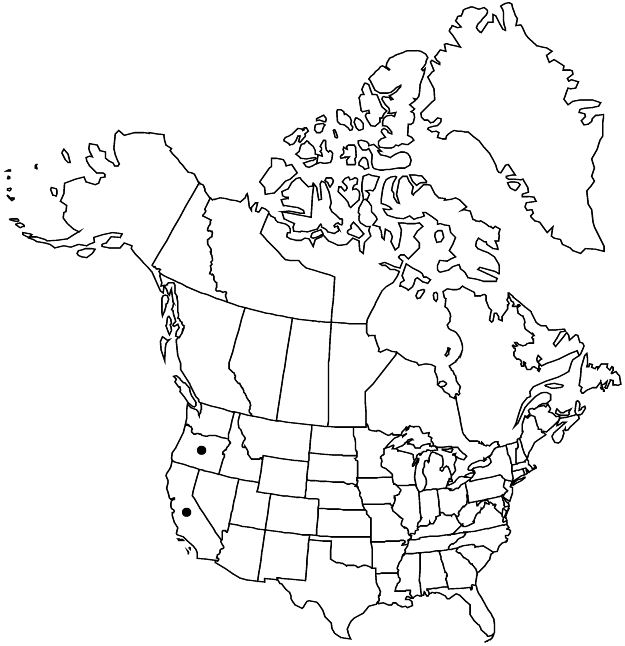Difference between revisions of "Arceuthobium campylopodum subsp. monticola"
Wiens & Nickrent) Nickrent, Phytoneuron 2012-51: 10. 2012.
Common names: Western white pine dwarf mistletoe
Endemic
Basionym: Arceuthobium monticola Hawksworth Wiens & Nickrent, Novon 2: 205. 1992
FNA>Volume Importer |
imported>Volume Importer |
||
| Line 58: | Line 58: | ||
|publication year=2012 | |publication year=2012 | ||
|special status=Endemic | |special status=Endemic | ||
| − | |source xml=https:// | + | |source xml=https://bibilujan@bitbucket.org/aafc-mbb/fna-data-curation.git/src/bb6b7e3a7de7d3b7888a1ad48c7fd8f5c722d8d6/coarse_grained_fna_xml/V12/V12_745.xml |
|genus=Arceuthobium | |genus=Arceuthobium | ||
|species=Arceuthobium campylopodum | |species=Arceuthobium campylopodum | ||
Revision as of 20:11, 27 May 2020
Plants forming localized infections only. Stems olive green or brown, 5–7(–10) cm; third internode 8–12(–15) × 1.5–1.7(–2) mm, dominant shoot 2–4 mm diam. at base. Staminate flowers 3 mm diam.; petals 3. Fruits 4–4.5 × 2–2.5 mm.
Phenology: Flowering Jul–Aug; fruiting Oct–Nov.
Habitat: Coniferous forests, especially with western white pine.
Elevation: 700–1900 m.
Discussion
Meiosis likely occurs in July, with fruits maturing 15 months after pollination.
The principal host of subsp. monticola is Pinus monticola; secondary to rare hosts include Picea breweriana, Pinus jeffreyi, and P. lambertiana. It is endemic to the Klamath and Siskiyou Mountains.
Selected References
None.
Lower Taxa
None.
